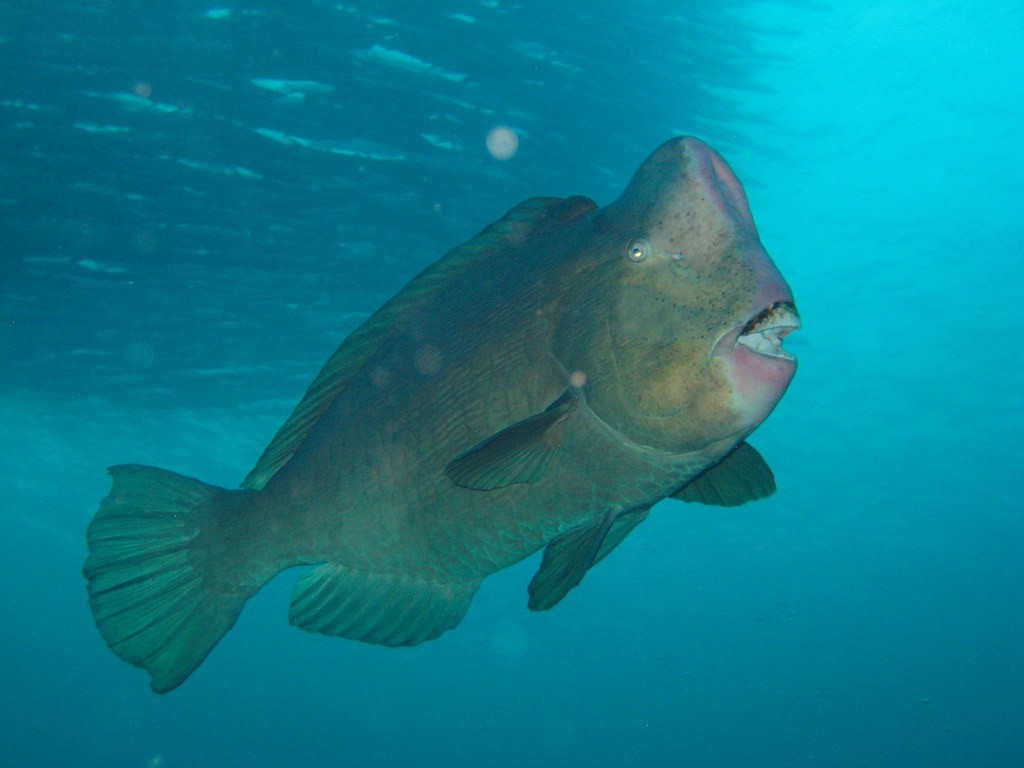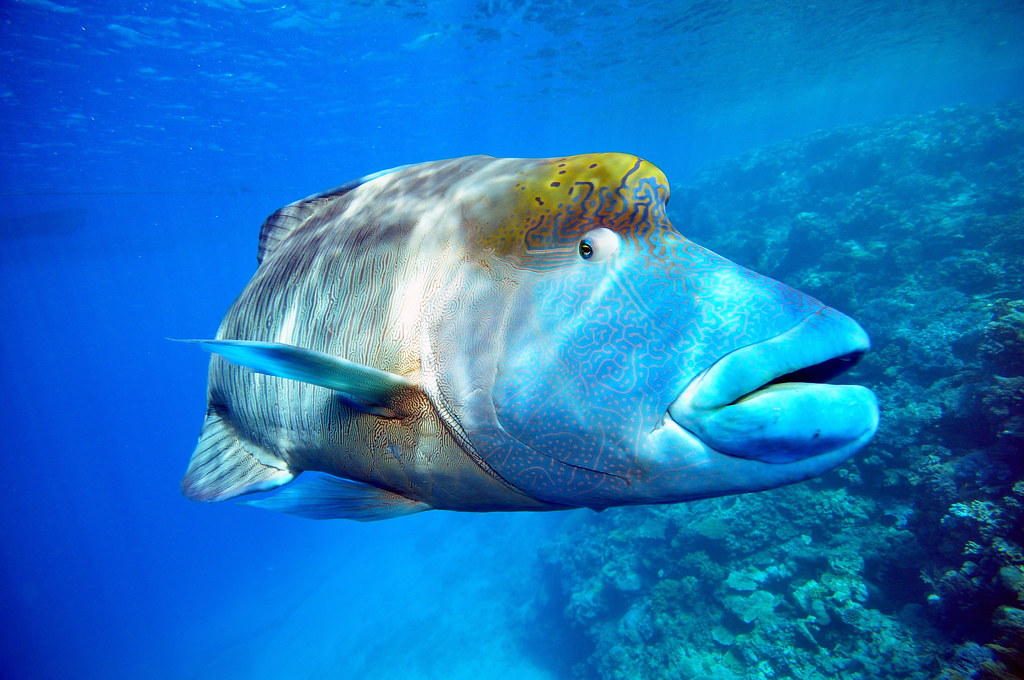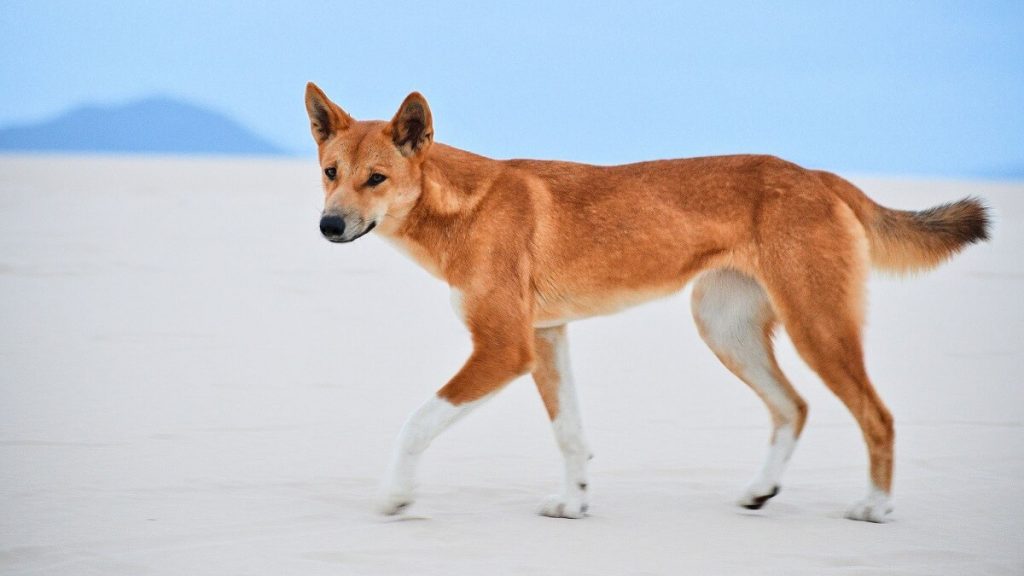Australia is likely to loose a great deal if climate change continues in a big way. This is because Australia already has a large part of the country unbearably hot. If the temperature increases another 2-5 degrees these areas might well become impossible to survive within.
This is why it is so strange that Australia is so backwards in this respect.
Currently, Australia gets a great deal of money by selling coal abroad. This is because Australia is incredibly rich in coal. As a result they are keen to be able to put off zero carbon as long as possible as they will loose this income.
Professor Lesley Huges is a climate specialist, that has just been appointed to the Australia climate change authority and she has quite rightly stated that 2050 net zero is not good enough. Encouragingly, though she has also said that the new government was showing a willingness to listen to science. The Climate change minister has appointed 3 new members after it was suggested that the authority was to heavily weighted in the direction of business and fossil fuels (if there are too many representatives from this part of the market, then concerns about global warming are likely to get less voice, as fossil fuel companies know they only have a finite length of time to make money from resources that are likely to be banned in the future).
Continue reading “Has Australia actually appointed a climate change authority member who actually wants to do the right thing?”



